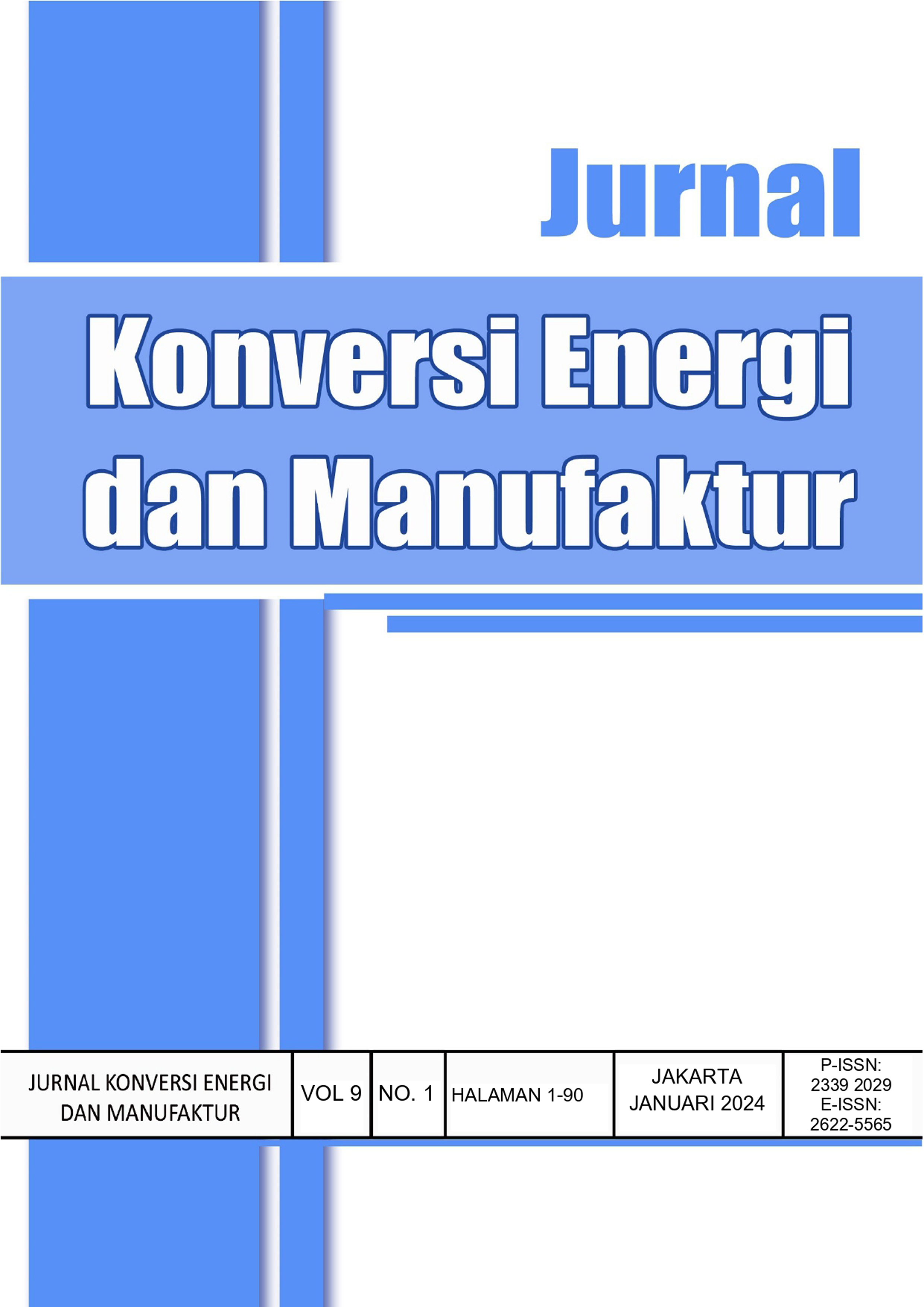ANALISIS INDIKASI RESIKO POSTUR PENGGUNA DESAIN MEJA BELAJAR PORTABEL
Analysis of User Risk Posture Indication for Portable Study Desk
DOI:
https://doi.org/10.21009/JKEM.9.1.1Keywords:
Indication, Risk, Posture, Color, AcceptableAbstract
Study portable desks can help people easily move from one another place. Using a study portable desk would make users fix the position once a few moments so that they risk experiencing bodily discomfort. Analysis indications of posture risk can be done by selecting launch rapid upper limb assessment (RULA) analysis from the ergonomic tools toolbar in CATIA software. This research aims to identify movements that occur when using a portable study desk and to analyze user posture risks that can be experienced when using a portable study desk. Based on the research results, it is known that the body posture of portable study desk users for group A on the upper arms is in the range of 20-45°, and the lower arms are in the range of 60-100°. The wrist enters the neutral position range. The rotation of the wrist can be seen that the hand is pointing inward. It has a degree of freedom of 90° with a maximum flexion angle of 160° and a minimum extension angle of 0°. Group B body posture for the stem body has a degree of freedom of 0°. The legs experience a slight downward movement with a degree of freedom of 6.061° and a maximum flexion angle of 135°. Posture analysis results for body parts. Details of the upper arm, forearm, wrist, and wrist twist have a score of 1, which means no posture needs to be corrected and the posture is acceptable. Details of body parts, namely neck, trunk, and legs, are indicated in green, which means no posture needs to be corrected and the posture is acceptable. The score results for body parts with the static posture option get an assessment score of 2 with a green color indication, so it can be concluded that the risk indication for this posture is acceptable.
References
[2] S. Porchilamban, V. B. Raja, S. S. Kumar, and S. S. Kumar, “Review on Scope and Trends in Ergonomic Evaluation of Work Posture in Dentistry,” In Frontiers in Automobile and Mechanical Engineering-2010, pp. 261-264, 2010.
[3] F. Agustina and A. Maulana, “Analisis Postur Kerja dengan Tinjauan Ergonomi di Industri Batik Madura,” Asian Journal of Innovation and Entrepreneurship (AJIE), vol. 1, no. 03, pp. 167-171, 2012.
[4] Iridiastadi, Hardianto, and Yassierli, “Ergonomi Suatu Pengantar,” Yogyakarta: Rosdajaya Putra, 2014.
[5] L. McAtamney and E. N. Corlett, “RULA: A Survey Method for the Investigation of Work-Related Upper Limb Disorders,” Applied Ergonomics, vol. 24, no. 2, pp. 91- 99, 1993.
[6] D. Pinem, “Mendesain Objek 2 dan 3 Dimensi dengan Computer Aided Three Dimensional Interactive Application/CATIA,” Informatika Pers. Bandung, 2015.
[7] I. Halim, A. R. Omar, and N. H. Saad, “Ergonomic Design to Improve Occupational Health in Manufacturing Industry,” Proceeding of First International Conference on Product Design and Development (ICPDD 2004), pp. 75-81, 2004.
[8] D. Dinagaran, K. R. Balasubramanian, S. P. Sivapirakasam, and K. Gopanna, “Discomfort and Postural Analysis of Flux Cored Arc Welding Machine Operators,” J Erogonomics Stud Res, vol. 1, no. 1, pp. 103, 2019.
[9] D. Masitoh. “Analisis Postur Tubuh dengan Metode Rula pada Pekerja Welding di Area Sub Assy PT. Fuji Technica Indonesia Karawang,” Universitas Sebelas Maret. Surakarta. 2016.
[10] R. S. Hendra, “Risiko Ergonomi dan Keluhan Musculoskeletal Disorders (MSDs) pada Pekerja Panen Kelapa Sawit.; Semarang (Indonesia),” In Prosiding Seminar Nasional Ergonomi, pp. D11-1, 2009.
[11] L. M., Rucker and S. Sunell, “Ergonomic Risk Factors Associated with Clinical Dentistry,” Journal of the California Dental Association, vol. 30, no. 2, pp. 139-146, 2022.
[12] Y. Y. Rohmatin, N. Nurjannah, and S. Benedictus, “Using Anthropometric Data to Design a Portable Study Desk and User Posture Analysis with the Rappid Upper Limb Assessment (RULA) Method,” International Journal Science and Technology, vol. 2, no. 1, pp. 15-20, 2023.
[13] N. A. Ansari and M. J. Sheikh, “Evaluation of work Posture by RULA and REBA: A Case Study,” IOSR Journal of Mechanical and Civil Engineering, vol. 11, no. 4, pp. 18-23, 2014.
[14] D. F. Correia, M. Yusuf, and R. A. Simanjuntak, “Analisis Postur Kerja menggunakan Metode Rapid Upper Limb Assessment (RULA) dan Ovako Working Posture Analysis System (OWAS),” Jurnal Rekavasi, vol. 4, no. 2, pp. 82-90, 2016.






















